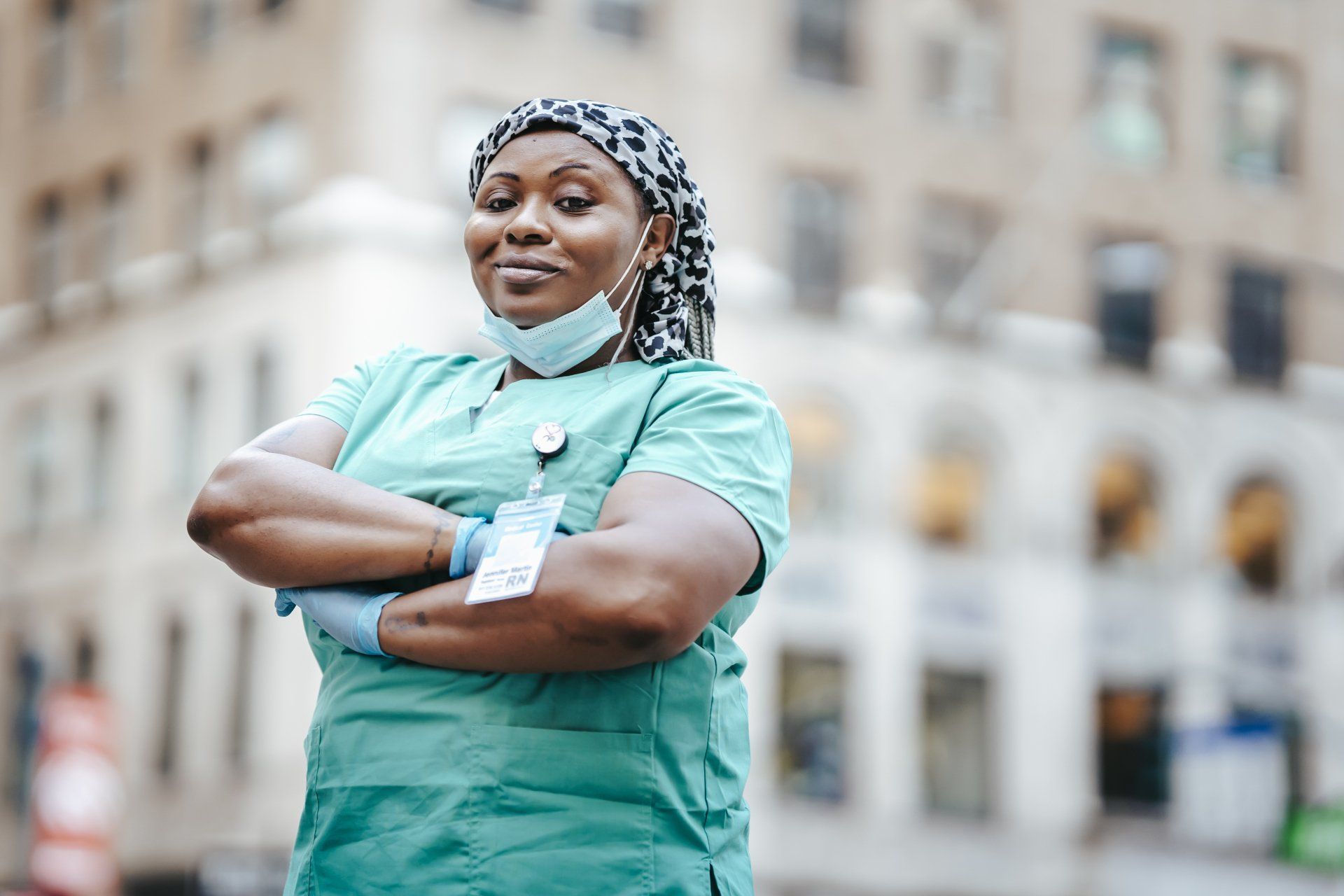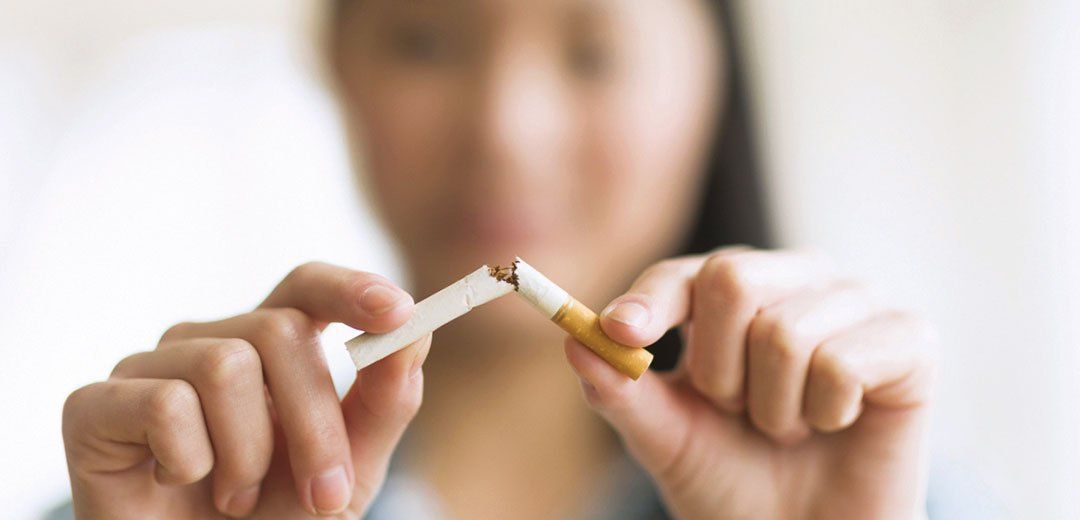Articles and Blog

Vaccines to prevent coronavirus disease 2019 (COVID-19) are perhaps the best hope for ending the pandemic. But as the U.S. Food and Drug Administration (FDA) continues approving or authorizing emergency use of COVID-19 vaccines, you likely have questions. Find out about the benefits of the COVID-19 vaccines, how they work, the possible side effects and the importance of continuing to take infection prevention steps. What are the benefits of getting a COVID-19 vaccine? A COVID-19 vaccine might: Prevent you from getting COVID-19 or from becoming seriously ill or dying due to COVID-19 Prevent you from spreading the virus that causes COVID-19 to others Add to the number of people in the community who are protected from getting COVID-19 — making it harder for the disease to spread and contributing to herd immunity Prevent the virus that causes COVID-19 from spreading and replicating, which allows it to mutate and possibly become more resistant to vaccines Should I get the COVID-19 vaccine even if I’ve already had COVID-19? Getting COVID-19 might offer some natural protection or immunity from reinfection with the virus that causes COVID-19. But it’s not clear how long this protection lasts. Because reinfection is possible and COVID-19 can cause severe medical complications, it’s recommended that people who have already had COVID-19 get a COVID-19 vaccine. If you were treated for COVID-19 with monoclonal antibodies or convalescent plasma, wait 90 days before getting a COVID-19 vaccine. What COVID-19 vaccines have been authorized or approved and how do they work? Currently, several COVID-19 vaccines are in clinical trials. The FDA continues to review the results of these trials before approving or authorizing COVID-19 vaccines for use. But because there is an urgent need for COVID-19 vaccines and the FDA’s vaccine approval process can take months to years, the FDA first gave emergency use authorization to COVID-19 vaccines based on less data than is normally required. The data must show that the vaccines are safe and effective before the FDA can give emergency use authorization or approval. Vaccines with FDA emergency use authorization or approval include: Pfizer-BioNTech COVID-19 vaccine. The FDA has approved the Pfizer-BioNTech COVID-19 vaccine, now called Comirnaty, to prevent COVID-19 in people age 16 and older. The FDA approved Comirnaty after data found the vaccine is safe and effective. The Pfizer-BioNTech COVID-19 vaccine is 91% effective in preventing the COVID-19 virus with symptoms in people age 16 and older. The vaccine is still under an emergency use authorization for children ages 12 through 15. The vaccine is 100% effective in preventing COVID-19 in children ages 12 through 15. It requires two injections given 21 days apart. The second dose can be given up to six weeks after the first dose, if needed. Moderna COVID-19 vaccine. The Moderna COVID-19 vaccine is 94% effective in preventing COVID-19 with symptoms. This vaccine is authorized for people age 18 and older. It requires two injections given 28 days apart. The second dose can be given up to six weeks after the first dose, if needed. Janssen/Johnson & Johnson COVID-19 vaccine. In clinical trials, this vaccine was 66% effective in preventing the COVID-19 virus with symptoms — as of 14 days after vaccination. The vaccine also was 85% effective at preventing severe disease with COVID-19 — at least 28 days after vaccination. This vaccine is authorized for people age 18 and older. It requires one injection. The FDA and the Centers for Disease Control and Prevention (CDC) have recommended that use of this vaccine continue in the U.S. because the benefits outweigh the risks. If you are given this vaccine, you should be educated about the possible risks and symptoms of a blood clotting problem. Both the Pfizer-BioNTech and the Moderna COVID-19 vaccines use messenger RNA (mRNA). Coronaviruses have a spikelike structure on their surface called an S protein. COVID-19 mRNA vaccines give cells instructions for how to make a harmless piece of an S protein. After vaccination, your cells begin making the protein pieces and displaying them on cell surfaces. Your immune system will recognize the protein and begin building an immune response and making antibodies. The Janssen/Johnson & Johnson COVID-19 vaccine is a vector vaccine. In this type of vaccine, material from the COVID-19 virus is inserted into a different kind of weakened live virus, such as an adenovirus. When the weakened virus (viral vector) gets into your cells, it delivers material from the COVID-19 virus that gives your cells instructions to make copies of the S protein. Once your cells display the S proteins on their surfaces, your immune system responds by creating antibodies and defensive white blood cells. If you become infected with the virus that causes COVID-19, the antibodies will fight the virus. Viral vector vaccines can't cause you to become infected with the COVID-19 virus or the viral vector virus. Also, the material that's delivered doesn't become part of your DNA. Can a COVID-19 vaccine give you COVID-19? No. The COVID-19 vaccines currently being developed in the U.S. don't use the live virus that causes COVID-19. As a result, the COVID-19 vaccines can't cause you to become sick with COVID-19 or shed any vaccine components. Keep in mind that it will take a few weeks for your body to build immunity after getting a COVID-19 vaccination. As a result, it's possible that you could become infected with the virus that causes COVID-19 just before or after being vaccinated. What are the possible general side effects of a COVID-19 vaccine? A COVID-19 vaccine can cause mild side effects after the first or second dose, including: Pain, redness or swelling where the shot was given Fever Fatigue Headache Muscle pain Chills Joint pain Nausea and vomiting Feeling unwell Swollen lymph nodes You'll be monitored for 15 minutes after getting a COVID-19 vaccine to see if you have an allergic reaction. Most side effects go away in a few days. Side effects after the second dose might be more intense. Many people have no side effects. A COVID-19 vaccine may cause side effects similar to signs and symptoms of COVID-19. If you've been exposed to COVID-19 and you develop symptoms more than three days after getting vaccinated or the symptoms last more than two days, self-isolate and get tested. ©1998-2021 Mayo Foundation for Medical Education and Research (MFMER). All rights reserved. Terms of Use.

You know that when you quit smoking, it's one of the best things you can do for your health. But you also know that quitting smoking can be challenging and that it takes most smokers several tries before they succeed. So how do you quit smoking, hopefully for good? These tried-and-true strategies can help you achieve your goal to quit smoking. 1. Write down your reasons for quitting Make a list of all the reasons you want to quit smoking. They might include: Improving your health Lowering your risk of disease Not exposing family or friends to secondhand smoke Setting a good example for your children Saving money Getting rid of the lingering smell of tobacco smoke Each time you pick up a cigarette or have the urge to do so, read your list and remind yourself why you want to quit smoking. 2. Make a plan Make a plan to quit. Most people have the best success with quitting smoking by setting a quit-smoking date and then abruptly stopping on that date. Online tools that can help you create and implement a quit plan are available from the National Cancer Institute (www.smokefree.gov/build-your-quit-plan) and the Truth Initiative (www.becomeanex.org). These programs also provide chat services, text messaging or apps for mobile devices to provide support and coping strategies — tools that have been found to help people quit. 3. Consider other ways to quit If you've tried quitting abruptly a few times and it hasn't worked for you, you might want to start the quit-smoking process by gradually cutting back on your smoking. Recent evidence shows that using the prescription medication varenicline and sticking to a strict reduction schedule may improve quitting. Ways that you can cut back gradually include delaying your first cigarette of the day, progressively lengthening the time between cigarettes, smoking only half of each cigarette, buying only one pack of cigarettes at a time and trading one smoking break a day for physical activity. Build on each success until you've quit smoking entirely. 4. Talk to your doctor about treatments Treatments that can lessen cravings include nicotine replacement therapies, which can be administered with a skin patch, lozenges, gum, inhalers or nasal sprays. These treatments begin on your quit day. Other non-nicotine medication can help reduce nicotine withdrawal symptoms by mimicking how nicotine functions in your body. Treatment with these drugs, such as bupropion and varenicline, should begin one to two weeks before your quit day. 5. Find a counseling service Individual, group or telephone counseling can provide you with needed support and help you develop coping skills. Combining counseling and medication is the most effective way to succeed with smoking cessation. Your doctor may refer you to local resources or support groups. To reach the National Cancer Institute's telephone quit line, call 877-44U-QUIT (877-448-7848). To find your state's quit line, call 800-QUIT-NOW (800-784-8669). Benefits include: Mutual support among people trying to quit Coping skills to address stressors or other triggers Strategies to deal with changes in mood Shared tips on what behaviors or strategies are most beneficial Education about the benefits of quitting 6. Tell your family and friends Tell your family, friends and co-workers that you are going to quit smoking. Let them know how they might best support you. For example, you might consider the following ideas: Tell them what day you will be quitting. Ask them to check in to see how you're doing. Plan activities or outings with them to get your mind off smoking. Ask them to be patient with your changes in mood. Request that they not judge or criticize you if you have a setback. Ask friends who smoke not to smoke around you or offer you a cigarette. 7. Avoid smoking triggers Recognize places and situations that make you want to smoke and avoid them. Hang out with people who don't smoke or who also want to quit. Avoid designated smoking areas outside buildings. Keep busy during times when boredom may tempt you to smoke. Create new routines that aren't associated with smoking, such a new route to work or chewing gum while driving. Get up from the table immediately after eating. Drink water or tea instead of coffee or alcohol. Practice saying, "No thanks, I don't smoke." 8. Manage your stress Stress and anxiety can increase your urge to smoke and derail your effort to quit smoking. Consider the following strategies for managing stress: Prioritize your tasks. Take breaks when you need to. Practice relaxation exercises, deep breathing or meditation. Listen to your favorite music. Get regular exercise. Find a creative outlet such as art, music, crafts or dance. Practice substituting new thoughts when you feel an urge to smoke; try saying "smoking is not an option" or "I'm a nonsmoker." 9. Celebrate your successes Made it through the day without a cigarette? Treat yourself to something special. Made it through the week? Count how much you've saved by not buying cigarettes. Use the savings for a special treat or invest the money for the future. Reward yourself for not smoking by doing something you enjoy every day, such as spending extra time with your children or grandchildren, going to a ball game, taking a walk, soaking in the tub, or watching a movie. All of your small successes can help you reach your goal to quit smoking for good. ©1998-2021 Mayo Foundation for Medical Education and Research (MFMER). All rights reserved. Terms of Use.


